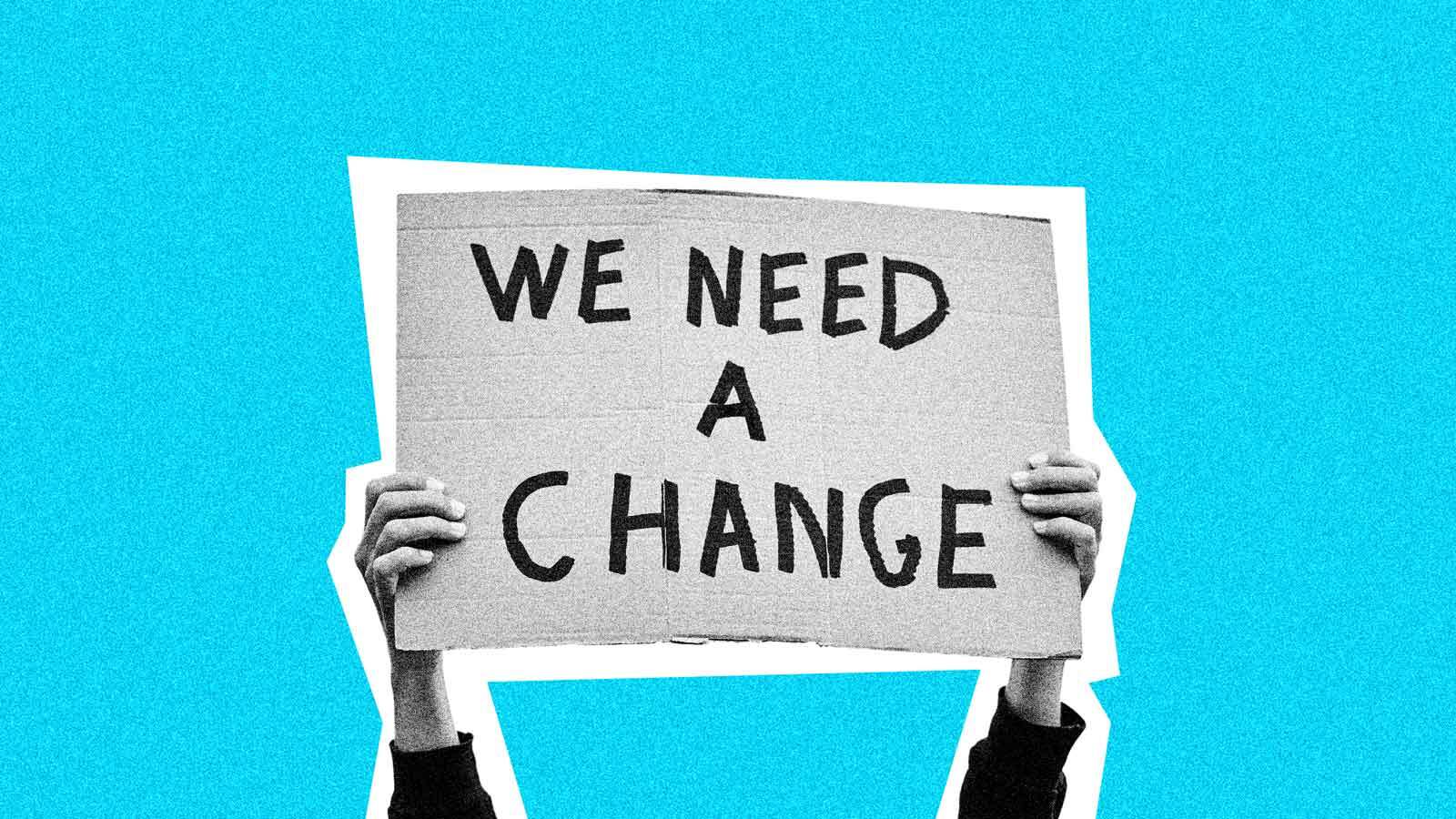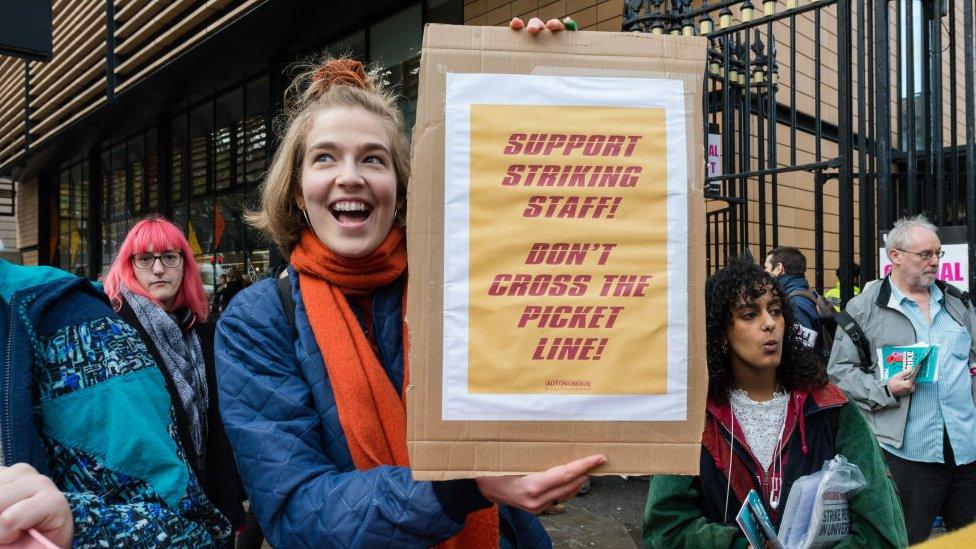A very quick guide to strikes
- Published
Strike Action: what you need to know

Teachers are the latest group to announce they are going on strike, following train workers, nurses and Royal Mail staff. If you’re not sure how this happens or why, here’s a quick rundown of the basics.
Going on strike means stopping work
It's called industrial action, and it involves workers refusing to come into work for a certain length of time. It's sometimes referred to as "downing tools" or a "walkout". Normally, people who go on strike are part of a union - a collection of workers who stand together when it comes to key issues, such as pay rises.
It can also mean cutting down how much you do
There are other types of action where work doesn't stop completely, but employees won't do as much as they normally do. This could mean saying no to overtime or "working to rule" - which means refusing to do all the extra little duties that aren't in your job description.

Workers do it because they want change
Strikes happen when employers and employees can't agree over something important. For example, teachers in England will walk out of classrooms in July over long-running pay disputes. However, strikes can also happen when management wants to change working conditions, or over plans that would mean people lose their jobs.
It can cause big problems for other people
For instance, teacher strikes might require parents to sort childcare. When train strikes happen, people can’t get to work. Mail strikes mean deliveries don’t get made. But there are exceptions – when nurses strike, they ensure a certain level of cover so emergency care keeps running.
But striking is a last resort
A strike is only meant to happen after a company or in some cases the government have tried to settle things by talking with workers. Staff don't get paid while on strike, so it's a big step to take.
Most workers want a better pay rise
The cost-of-living crisis is hitting hard. Workers such as teachers and rail staff have called for pay increases to take into account the surging costs of goods and services - known as inflation. There are also discussions about how a teacher pay increase would be funded - whether it would be taken from existing school budgets, or whether they would be getting new money.
Striking doesn't always mean staying at home
Striking workers often stand outside their workplace in groups known as a "picket line". They'll try to get their message out with signs, and try to ask (or shame) other people to not go into the building. If a strike is really big and involves many people, they might hold some kind of protest on the day.
Strikes often get called off when both sides reach a compromise
Neither gets exactly what they want, but sometimes workers can come away with a better pay deal or improved conditions. The government offered a cash payment and a 4.3% pay rise next year for most teachers, but the unions rejected this, saying schools would have to make cuts elsewhere to afford it. Without a deal, the teaching unions may announce further strikes in the autumn.
Related topics
- Published1 August 2023

- Published20 October 2023
